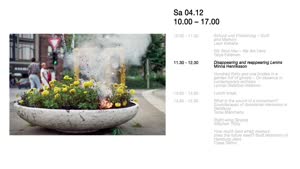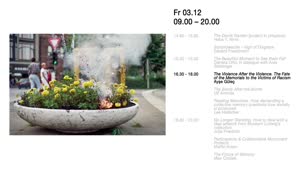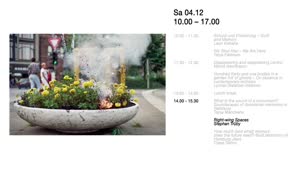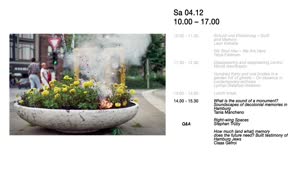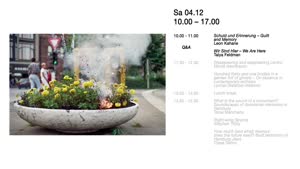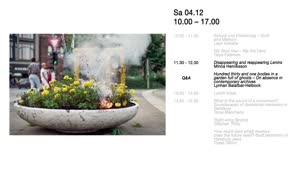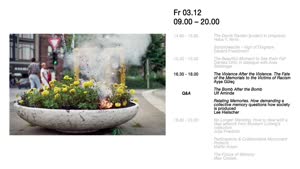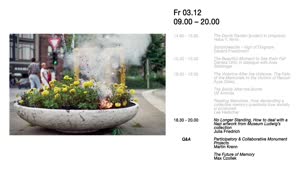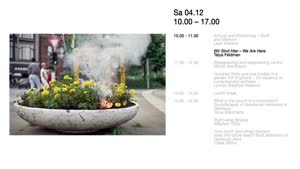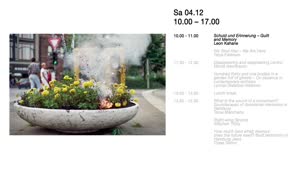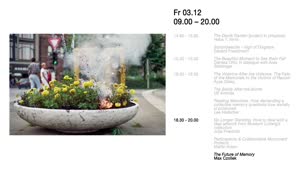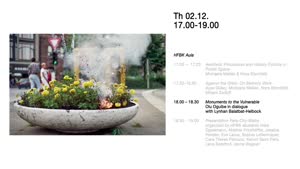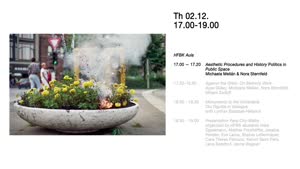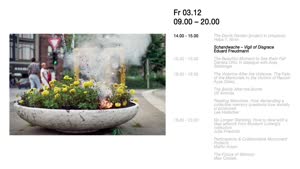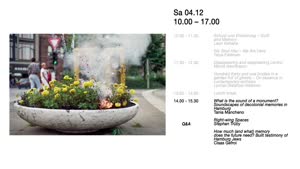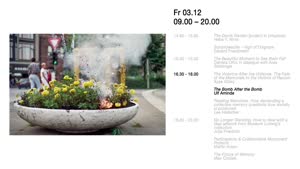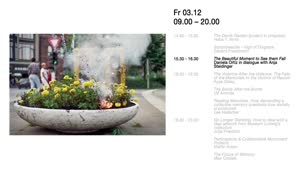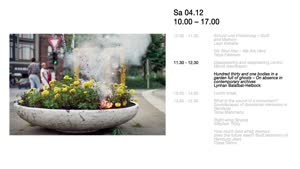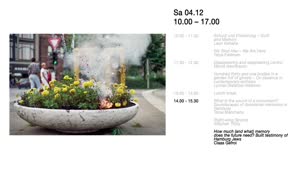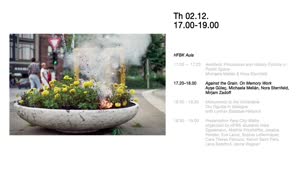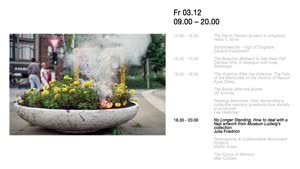Ulf Aminde: The Bomb After the Bomb - Prof. Michaela Melián, Prof. Dr. Nora Sternfeld - HFBK
- MEDIATHEK
- Alle Videos
- HFBK
- Alle Bereiche
- Conference: Counter-Monuments and Para-Monuments
Alle Videos
Ulf Aminde: The Bomb After the Bomb
Racist terror functions in its effort to annihilate people precisely in the interweaving with more subtle ways of making them invisible and inaudible. Everyday racism, institutional and structural relations of violence, and the knowledge of the dominant society inscribed in the majority white German authorities prolong and potentiate the Nazis’ will to annihilate. In Cologne, a bomb in a cake tin exploded in a grocery store in Probsteigasse in 2001. The store owner’s daughter survived the attack, seriously injured. In 2004, a nail bomb aimed at mass murder exploded in Cologne’s Keupstrasse, injuring more than 22 people, four of them seriously. It was not until 2011 that it became clear what those affected had already suspected: both attacks were motivated by right-wing terrorism and were committed by the NSU network. Their racist ideology was clearly aimed at unsettling the post-migrant society. In the Keupstrasse attack in Cologne, the authorities investigated the victims in a perpetrator-victim reversal for seven years and suspected them of being behind the attack themselves. Today, those affected speak of the “bomb after the bomb”, and it was not until 2014 that the city of Cologne decided to realize a memorial. In 2016, the jury, which included those affected, unanimously selected the design for a memorial commemorating both bombings. The memorial at Keupstrasse refers to the racist investigations of those affected that went on for seven years, and as a counter-space to this there are plans to create a public testimonial by placing a concrete floor slab at the entrance to Keupstrasse with a participatory film archive. Those affected by racist and antisemitic violence will be invited to participate in an annually financed board of trustees.
Ulf Aminde is an artist and filmmaker. His productions often negotiate public space and/or are also shown there, and many of them are about or even initiate collaborations and collective learning environments. His latest works concentrate on memory and resistance. In Cologne he is developing a film-based and – with the help of augmented reality – also participative monument in memory of the racist attacks by the terrorist NSU network in Probsteigasse and Keupstrasse. In 2020, together with Manuel Gogos, he initiated the Monument of Migration – Street of Labor, in which the European road network can be experienced as a transitory and resistant place. He is also Professor of Performative Spaces at the Weißensee Kunsthochschule in Berlin. There, he initiated in particular the *foundationClass for artists who were forced to flee their home countries, and the *foundationClass collective that emerged autonomously has been invited to documenta 15 (2022). His exhibitions and projects include 4th Berlin Biennale, Havana Biennial, KW Berlin, Volksbühne am Rosa Luxemburg Platz, Berlinische Galerie, NGBK Berlin, ZKM Karlsruhe, MARTa Herford, Steirischer Herbst, Schirn Frankfurt, Kästner Gesellschaft Hannover, MoCA Taipei, Kunstverein Heidelberg, Staatstheater Mannheim, Kunstverein Wolfsburg, and Galerie Tanja Wagner.
---
The conference is dedicated to the history of artistic counter-monuments and forms of protest, discusses aesthetics of memory and historical manifestations in public space, and asks about para-monuments for the present.
Programme: https://www.hfbk-hamburg.de/de/projekte/conference-counter-monuments-and-para-monuments-contested-memory-public-space/

